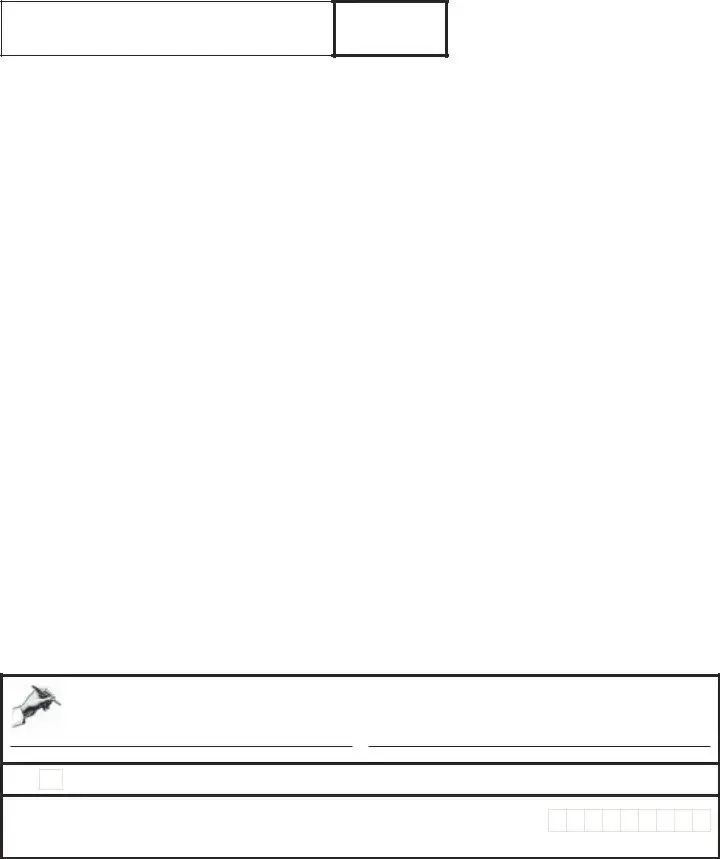The IRS Form 1040, U.S. Individual Income Tax Return, shares similarities with the HS-122W, especially in how personal information is required at the beginning of both forms. On Form 1040, taxpayers must provide their name, social security number, address, and filing status, just as the HS-122W requires details about the declarant’s and, if applicable, their spouse’s or CU partner’s names, social security numbers, and current mailing address. Both forms are essential for compliance with respective tax obligations, whether federal income taxation or state property taxation.
The Form 8822, Change of Address, issued by the IRS, parallels the HS-122W in that it is used to update governmental records when an individual’s living situation changes. While Form 8822 specifically updates the IRS on a filer's new address to ensure all correspondence reaches them, the HS-122W involves notifying the Vermont Department of Taxes about a change in homestead status due, in part, to a change in the property's use or ownership. Both forms facilitate the accurate and timely delivery of tax-related information and obligations between citizens and the tax authorities.
Similarly, the HUD-1 Settlement Statement, used in real estate transactions, relates closely to the HS-122W. The HUD-1 outlines a property's sales transaction details, including the sale price and any adjustments. The HS-122W necessitates information about a property sale as a reason for withdrawing a homestead declaration. Both documents are crucial for reporting significant changes in property status, albeit for different authorities and purposes.
The Mortgage Interest Statement, known as Form 1098, also shares similarities with the HS-122W. Lenders issue Form 1098 to homeowners, detailing the amount of mortgage interest paid over a year. This information is crucial for homeowners who are declaring or withdrawing a homestead exemption, as seen with the HS-122W, since mortgage details can impact property tax assessments and obligations. Both forms play a role in how property ownership affects tax filings.
The Homestead Exemption Application used by various states is akin to the HS-122W form. While homestead exemption applications are used to apply for tax relief on an individual’s primary residence, the HS-122W is specifically for withdrawing such a declaration in Vermont. Both documents address the concept of a homestead concerning property taxes, with the aim of ensuring that tax responsibilities reflect the homeowner’s actual use of the property.
The Assessor’s Office Property Change Report forms, employed by local tax assessors to document changes in property status, characteristics, or ownership, possess functions similar to those of the HS-122W. When a property's use changes or is sold, the owner must report these changes to potentially adjust property tax obligations. The HS-122W specifically notifies the tax department of such changes for the purpose of withdrawing a homestead declaration, underscoring the necessity of maintaining current records on property status to accurately assess taxes.
